PROTECT YOUR DNA WITH QUANTUM TECHNOLOGY
Orgo-Life the new way to the future Advertising by AdpathwayFor the second time this year, the Ninth Circuit has had to reverse a lower court on presidential authority to protect federal buildings and personnel. Earlier this year, Gavin Newsom got handed a defeat over National Guard troops in Los Angeles. Today, it's Gov. Tina Kotek's turn in Portland, Oregon:
A federal appeals court on Monday cleared the way for the Trump administration to mobilize and deploy members of the Oregon National Guard to Portland while a legal challenge moves forward.
A divided panel of three judges on U.S. Court of Appeals for the 9th Circuit agreed to lift a lower court order that had blocked the Trump administration from sending Oregon National Guard troops to Portland to protect federal immigration personnel and property.
Unlike the June ruling in Newsom, today's decision was not unanimous. Today's 2-1 ruling did, however, tread the exact same ground as Newson, specifically the presidential authority of Section 12406. The court went all the way back to the Whiskey Rebellion and Shay's Rebellion to conclude that an insurrection need not be armed nor organized for the direct overthrow of the government. Nor did they find the district court's decision to require Section 12406 to only apply to the most narrowly acute sense of crisis:
Thus, the district court determined that it would apply Newsom’s deferential “colorable basis” standard to the facts “as they existed at the time [the President] federalized the National Guard.”9 Oregon, 2025 WL 2817646, at *9. The district court then discounted the violent and disruptive events that occurred in June, July, and August, including the resulting closure of the ICE facility for over three weeks in June and July, id. at *1, 4, and focused on only a few events in September, id. at *10. Thus, the district court discounted most of the evidence of events in Portland from June through September.
Section 12406 contains no such limitations. Instead, by its plain text, § 12406(3) requires only a determination that “the President is unable with the regular forces to execute the laws of the United States.” The statute delegates the authority to make that determination to the President and does not limit the facts and circumstances that the President may consider in doing so. Indeed, the inherently subjective nature of this evaluation demonstrates that the President has the authority to identify and weigh the relevant facts under § 12406(3). The President can, and should, consider the totality of the circumstances when determining whether he “is unable with the regular forces to execute the laws of the United States.”
The court then took a swipe at the lower court's decision to substitute its opinion for presidential discretion clearly allowed under the law:
Rather than reviewing the President’s determination with great deference, the district court substituted its own determination of the relevant facts and circumstances. That approach is error under Newsom. Our dissenting colleague takes a similar approach. The dissent argues that the plain text of § 12406(3) confines the President’s inquiry to present circumstances because the statute lacks any forward-looking language, as seen in §§ 12406(1) (“invaded” or “in danger of invasion”), and (2) (“rebellion” or “danger of rebellion”). Dissent at 8–11. That observation, however, does not resolve whether the President may also consider past events. All three statutory prongs are the same as to whether prior events may be considered. And the President is entitled, and indeed, duty-bound, to evaluate the entire context of events leading up a decision to invoke § 12406 as part of the constitutional command to “take Care that the Laws be faithfully executed.” U.S. Const. art. II, § 3. Considering the totality of the circumstances, there is a colorable basis for the President’s determination that he is unable with regular forces to execute the laws of the United States.
Judge Nelson offers the historical perspective in his concurrence. The Whiskey and Shay's Rebellions demonstrated the need for presidential authority to stop insurrections before they grew larger. They also provided a model for proportionate response that Trump's deployment clearly followed in its small and time-limited mission:
Of course, the precise decision of how many troops to send under § 12406 and its predecessor militia statutes is statutorily left to the discretion of the executive and thus warrants the highest possible deference. Section 12406 provides that when lawfully invoked, “the President may call into Federal service members and units of the National Guard of any State in such numbers as he considers necessary.” The decision of how many troops to call into service has thus always fallen exclusively to the President.6 But when proportionality is present, it supports that the President acted in good faith rather than pretextually. District courts must not micromanage the President’s use of statutory powers delegated to him under the Militia Clause. A proportionate response presumptively means that § 12406 has been lawfully invoked.
The federalization and deployment of just 200 National Guardsmen for 60 days is well within a deferential proportional response to support good faith. As recently as September, the protests amounted to about 200 people, and sporadic bursts of illegal and violent activity still occurred when DHS requested federal support. The President federalized and deployed only 200 Guardsmen to Portland. This was a measured response, sending only a minimal number of Guardsmen to restore order around the federal building. The limited nature of the federalization— for just 60 days—bolsters that conclusion. Given the proportionate response, the President likely invoked § 12406 lawfully.
I'd recommend Judge Nelson's concurrence for careful reading. It is a history lesson in itself, and offers clear wisdom on the use of Section 12406 as well as its history, and its purpose. Nelson's clarity puts the Portland rioting into that historical perspective, which then demonstrates that Trump has done nothing that even Founding Father presidents did to maintain federal authority and enforcement.
This will likely go to the Supreme Court quickly, thanks to the apparent split with the Seventh Circuit over the deployment to Chicago. Bet on the top court paying very close attention to Nelson's concurrence.
Editor’s Note: Democrat politicians and their radical supporters will do everything they can to interfere with and threaten ICE agents enforcing our immigration laws.
Help us hold these leftists accountable and expose their obstruction. Join Hot Air VIP, VIP Gold, or VIP Platinum, and use promo code POTUS47 to get 74% off your membership!











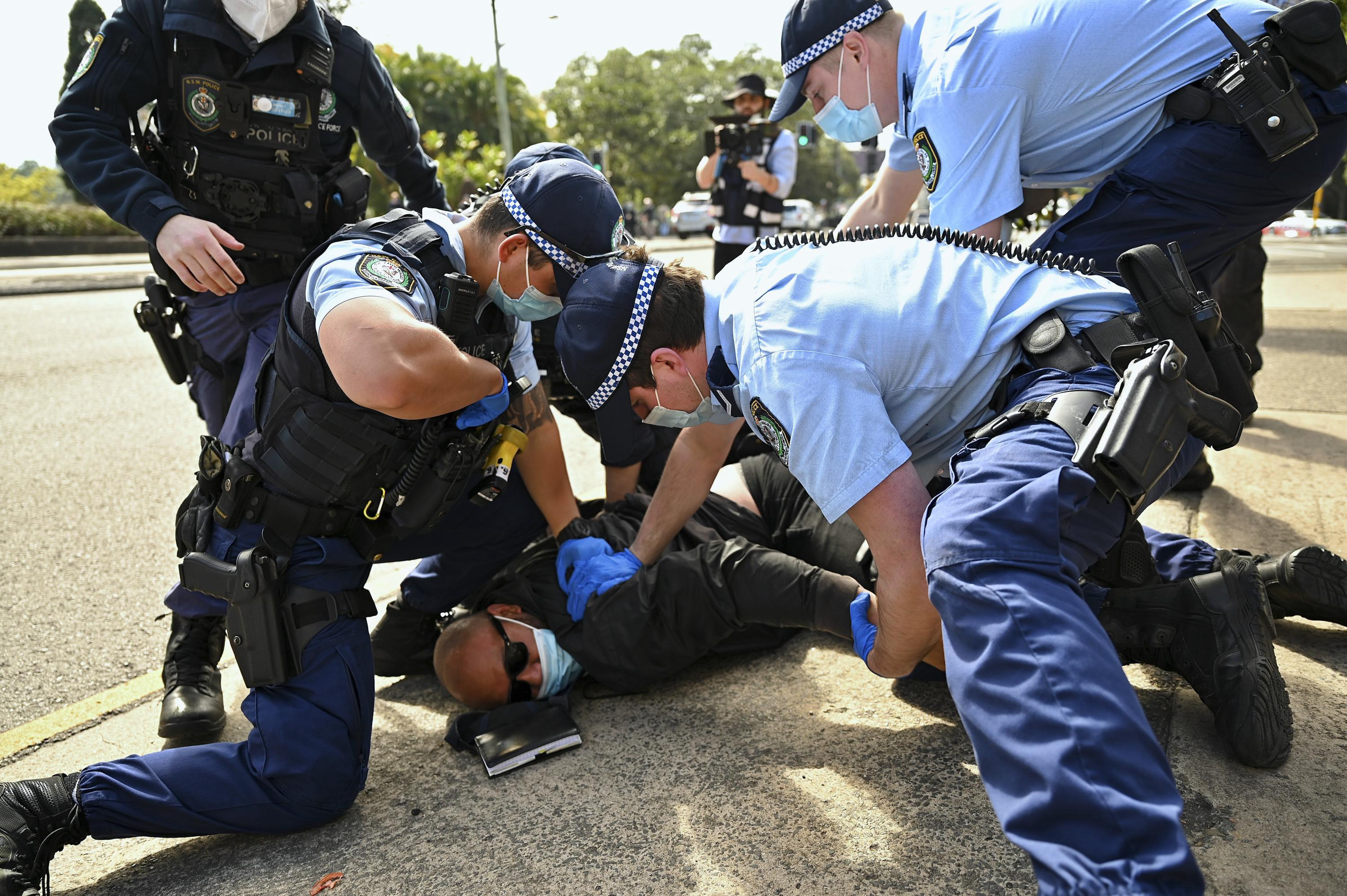




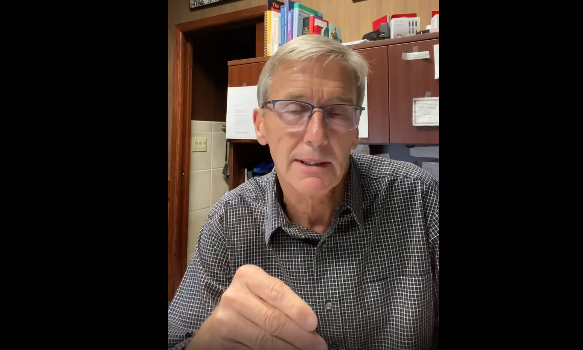
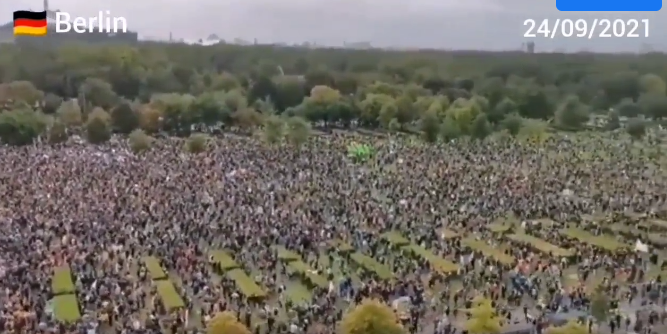
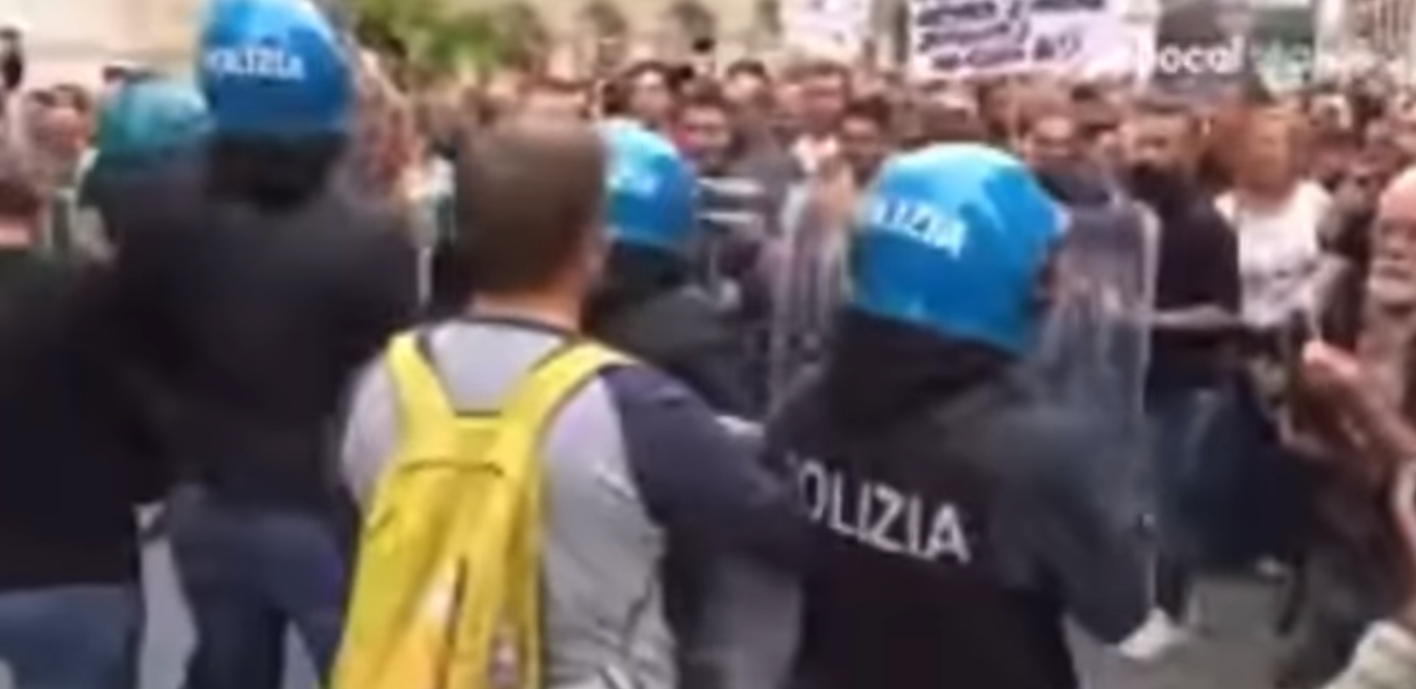

.jpg)

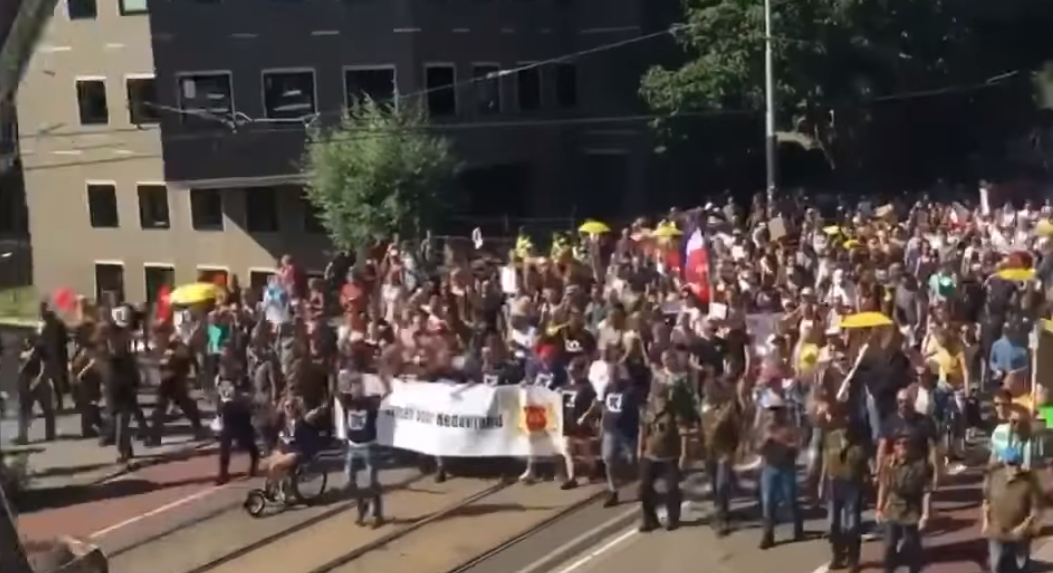
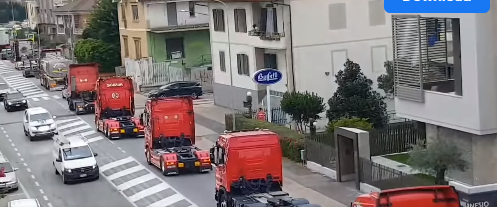
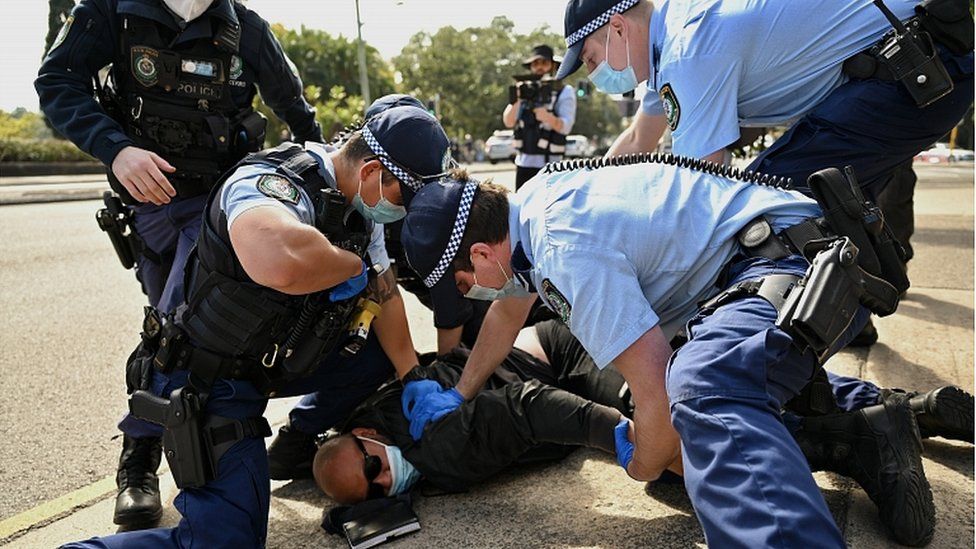
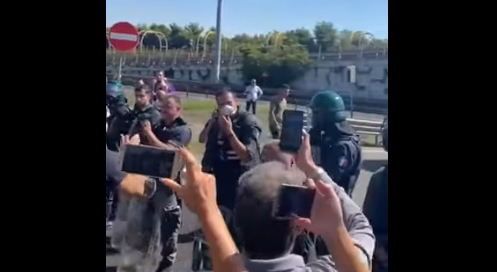

 English (US) ·
English (US) ·  French (CA) ·
French (CA) ·